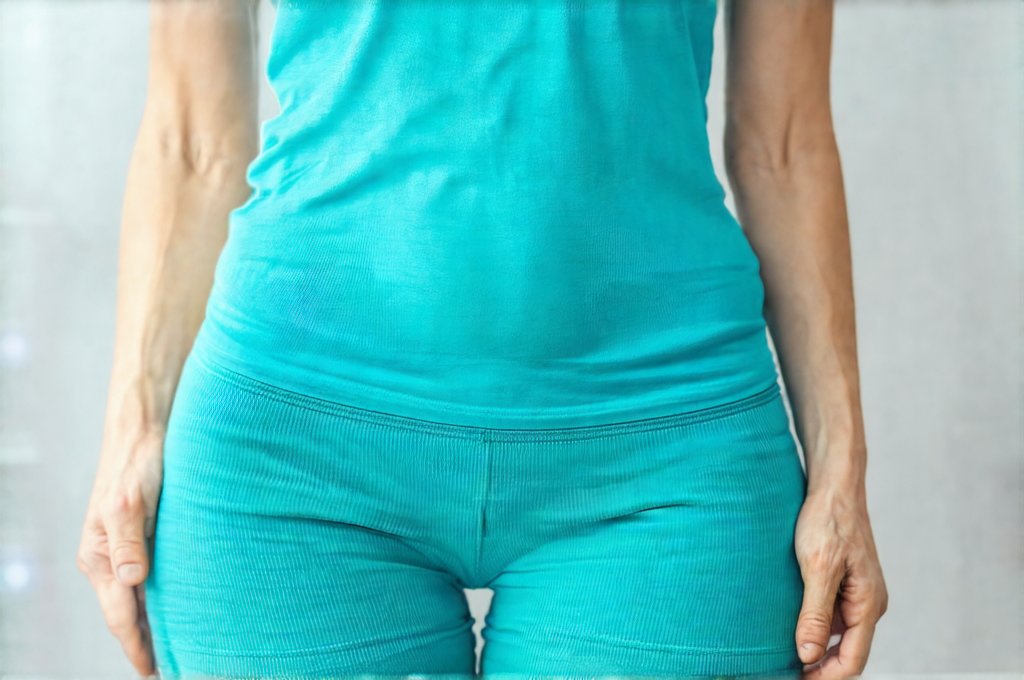Cystitis is often immediately associated with urinary tract infections (UTIs), and for good reason – UTIs are the most common cause. However, the experience of cystitis – inflammation of the bladder – isn’t always linked to bacterial infection. Many individuals experience symptoms consistent with cystitis without a positive urine culture for typical UTI-causing bacteria. This can be incredibly frustrating, leading to misdiagnosis and ineffective treatment approaches. Understanding that cystitis exists beyond the realm of UTIs is crucial for accurate diagnosis and finding appropriate relief strategies, as the underlying causes and required management differ significantly when an infection isn’t present.
The confusion arises from overlapping symptoms. The hallmark signs of cystitis – frequent urination, urgency, a burning sensation during urination (dysuria), lower abdominal discomfort, and sometimes even blood in the urine (hematuria) – are present whether the inflammation is caused by bacteria or something else entirely. This makes self-diagnosis unreliable and highlights the importance of medical evaluation. However, simply identifying cystitis isn’t enough; determining why the bladder is inflamed is paramount to effective care. It’s important to remember that treating a non-infectious cystitis as a UTI with antibiotics will not address the root cause and can contribute to antibiotic resistance. Perhaps you are wondering if can you treat mild cystitis without a prescription?
Interstitial Cystitis/Bladder Pain Syndrome (IC/BPS)
Interstitial Cystitis, now more commonly referred to as Bladder Pain Syndrome (IC/BPS), is a chronic condition characterized by bladder pain, pressure, and urinary frequency without evidence of infection. It’s considered a complex multifactorial illness; meaning there isn’t one single cause but rather an interplay of genetic predisposition, immune system dysregulation, nerve sensitivity, and potentially environmental factors. The exact mechanisms are still being researched, but it’s believed that the protective lining of the bladder becomes damaged or compromised, leading to increased permeability and irritation. This triggers inflammation and pain signals.
Diagnosis can be challenging as there is no definitive test for IC/BPS. It’s often a diagnosis of exclusion – meaning other causes are ruled out first, including UTIs, bladder cancer, and kidney stones. Doctors will typically rely on symptom assessment, medical history, physical examination, and sometimes specialized tests like cystoscopy (visualizing the bladder with a camera) or urodynamic testing (evaluating bladder function). There’s no cure for IC/BPS, but management focuses on alleviating symptoms through various approaches including lifestyle modifications, pelvic floor physiotherapy, medications to manage pain and inflammation, and in some cases, more advanced therapies like bladder instillations.
The impact of IC/BPS extends beyond physical discomfort. The chronic nature of the condition can significantly affect quality of life, leading to emotional distress, anxiety, depression, and disruptions in daily activities. Support groups and mental health counseling are often recommended as part of a comprehensive treatment plan. It’s crucial for individuals experiencing these symptoms to find a healthcare professional experienced in IC/BPS management who understands the complexities of the condition. If you suspect a kidney stone may be contributing to your discomfort, it’s important to know can you get a fever from a kidney stone without infection?
Non-Infectious Cystitis Causes Beyond IC/BPS
While IC/BPS is perhaps the most well-known non-infectious cause of cystitis, other factors can trigger bladder inflammation without bacterial involvement. These include allergic reactions to products used in feminine hygiene (douches, wipes, washes) or even certain soaps and detergents. Irritation from spermicides or latex condoms can also contribute. Certain foods and beverages – particularly acidic ones like citrus fruits, tomatoes, coffee, alcohol, and spicy foods – can irritate the bladder lining in susceptible individuals.
Furthermore, pelvic floor dysfunction, where the muscles supporting the bladder and bowel are either too tight or weak, can lead to pressure on the bladder and exacerbate symptoms. Radiation therapy to the pelvic area for cancer treatment can also cause inflammation as a side effect. In rare cases, autoimmune conditions may contribute to chronic inflammation in the bladder. Identifying these triggers is key to managing non-infectious cystitis. This often involves keeping a detailed symptom diary to track potential correlations between diet, activities, and flare-ups.
Understanding Pelvic Floor Dysfunction & Cystitis
Pelvic floor dysfunction isn’t necessarily a cause of cystitis in all cases, but it can significantly contribute to symptoms and make them worse. The pelvic floor muscles play a vital role in supporting the bladder, bowel, and uterus (in women). When these muscles aren’t functioning correctly – either too tight (hypertonic) or too weak – they can put undue pressure on the bladder, causing urgency, frequency, and pain. A hypertonic pelvic floor essentially squeezes the bladder, reducing its capacity and triggering those familiar cystitis symptoms.
- Assessment: Pelvic floor dysfunction is often assessed by a specially trained physiotherapist who will evaluate muscle strength, tone, and coordination through internal or external examination.
- Treatment: Treatment typically involves pelvic floor physiotherapy exercises designed to relax tight muscles or strengthen weak ones. Biofeedback can be used to help patients become aware of their pelvic floor muscles and learn how to control them effectively.
- Holistic Approach: Addressing pelvic floor dysfunction often requires a holistic approach, considering lifestyle factors like posture, breathing patterns, and stress management.
The Role of Dietary & Lifestyle Changes
Dietary modifications can be incredibly helpful for managing non-infectious cystitis symptoms. As mentioned previously, acidic foods and beverages are common irritants for many individuals. Experimenting with eliminating or reducing these from your diet can help identify triggers. Maintaining adequate hydration is also crucial – aiming for 6-8 glasses of water per day helps dilute urine and reduce irritation. However, avoid drinking large amounts right before bedtime to minimize nighttime urination.
Lifestyle changes extend beyond diet:
1. Avoid Irritating Products: Switch to fragrance-free and hypoallergenic feminine hygiene products.
2. Cotton Underwear: Wear breathable cotton underwear to prevent moisture buildup.
3. Stress Management: Practice stress-reducing techniques like yoga, meditation, or deep breathing exercises as chronic stress can exacerbate bladder symptoms.
4. Regular Exercise: Engage in regular physical activity, but avoid high-impact activities that put excessive pressure on the pelvic floor.
Navigating Diagnosis & Seeking Support
Getting a correct diagnosis is essential for effective management of cystitis, especially when a UTI isn’t present. This means seeking evaluation from a healthcare professional – ideally one with experience in bladder disorders. Be prepared to discuss your symptoms in detail, including their onset, duration, frequency, and any potential triggers you’ve identified. Urine tests will be conducted to rule out infection, and potentially further investigations may be recommended depending on your individual situation.
Don’t hesitate to seek a second opinion if you feel your concerns aren’t being adequately addressed. Living with chronic pain and urinary symptoms can be incredibly challenging emotionally. Connecting with support groups or online communities for individuals with IC/BPS or other bladder disorders can provide valuable emotional support, practical advice, and a sense of community. Remember that you are not alone, and help is available. It’s also worth considering if can you have cystitis without a UTI? when exploring your diagnosis options with your doctor.





















